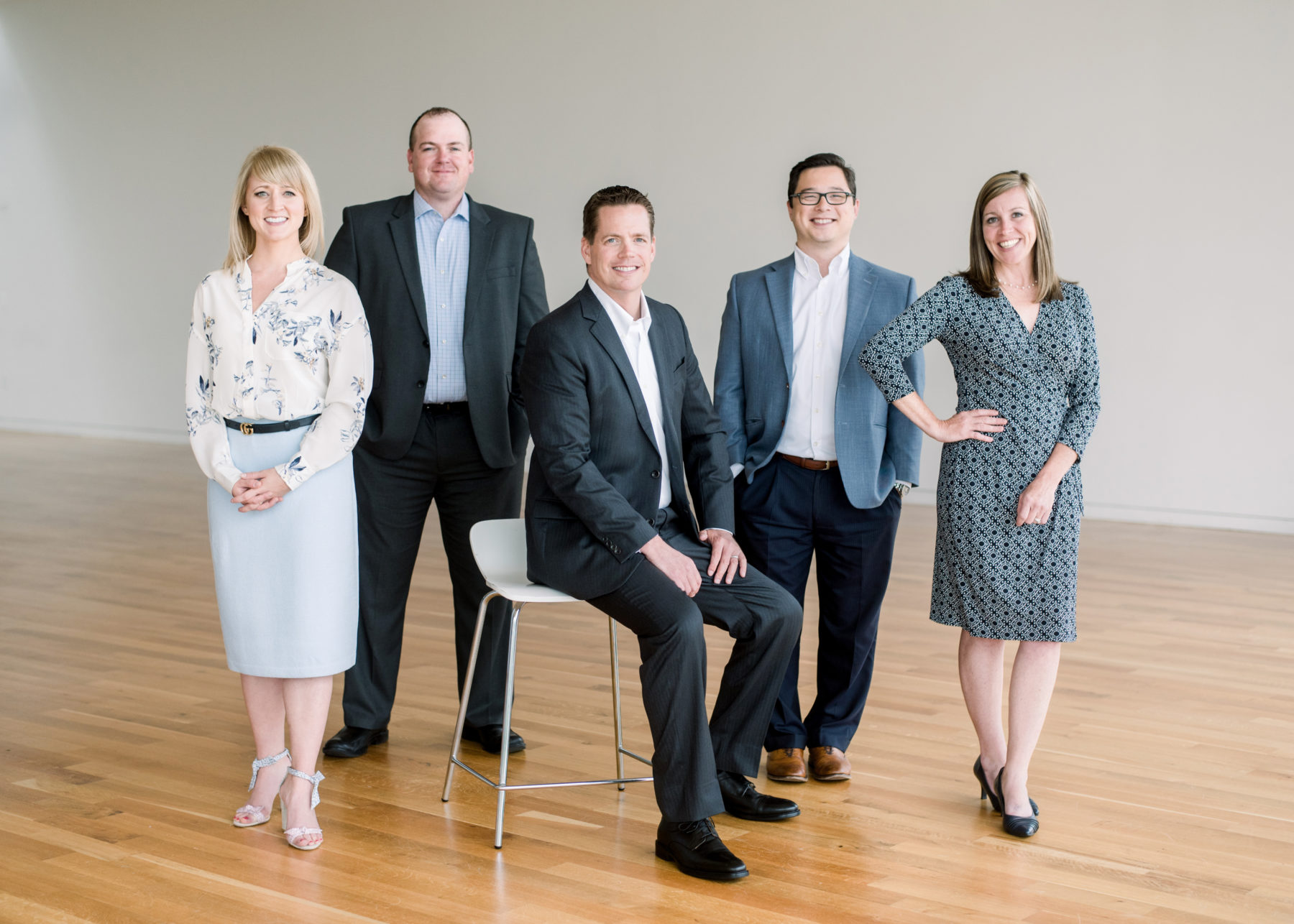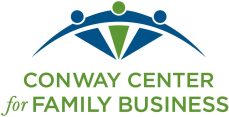Boosting Participation in Your Company’s 401(k) Plan
One rule of retirement investing is the earlier you start and the more you put away, the more you will potentially have for your later years – but convincing younger employees to make larger deferrals is not easy.
You’ve probably seen the statistics touting the impact of steady plan contributions made during a participant’s younger years. Even small contribution increases, when an employee is under age 30, can potentially have a major effect on the employee’s plan balance at retirement age.
Your plan’s design can help encourage younger employees to participate in the plan (or make larger contributions than they do now). Here are some suggestions:
INCREASE YOUR MATCH. Raising your matching contribution to 50 cents or more per dollar deferred can have a significant impact on participation rates.
ALLOW MORE FREQUENT DEFERRAL ELECTIONS. Permitting participants to change their deferral percentages on a more frequent basis gives them the ability to adjust their take-home pay to meet expected – and unexpected – expenses. When you provide the flexibility to stop and restart contributions, it’s likely employees will feel more comfortable keeping their contribution rates higher during normal times, knowing they have the ability to scale back their deferral rate if they need the money for other purposes.
REGULARLY SELL THE BENEFITS OF CONTRIBUTING. Many employers only promote their plans during initial enrollment. Others provide an ongoing message, often through a periodic participant newsletter, or they use creative ideas to raise awareness of the plan. Some employers make a special effort to encourage an employee to increase their contribution rate when the employee has more money to contribute – i.e., when he or she is getting a raise.
CONSIDER AN “AUTOMATIC” OPTION. Automatic enrollment can help maximize participation in your plan and help employees overcome inertia and procrastination. When a plan adopts automatic enrollment, eligible employees are automatically enrolled in the plan unless they elect otherwise. The participants’ pretax contribution percentage will be set to a default deferral rate of your choice. Although other automatic enrollment arrangements may be permissible, the IRS has issued guidance with respect to automatic enrollment arrangements (i.e., “eligible” and “qualified” automatic contribution arrangements) with certain features not available to other arrangements.
There are many issues to consider before implementing automatic enrollment. Consult your plan provider to determine whether or not they can accommodate this feature. Also, consult an attorney or tax professional regarding the specific legal or tax implications automatic enrollment may have on your plan.
The Fortis Group at Morgan Stanley
Michael L. Beers
Senior Vice President
Financial Advisor
Corporate Retirement Director
4449 Easton Way, Suite 300
Columbus, OH 43212
(P) 614.269.3401
(E) fortiswm@morganstanley.com
(W) fa.morganstanley.com/fortis
Sources/Disclaimers
Article by Morgan Stanley and provided courtesy of Michael L. Beers, Morgan Stanley Financial Advisor
Tax laws are complex and subject to change. Morgan Stanley Smith Barney LLC (“Morgan Stanley”), its affiliates and Morgan Stanley Financial Advisors and Private Wealth Advisors do not provide tax or legal advice and are not “fiduciaries” (under ERISA, the Internal Revenue Code or otherwise) with respect to the services or activities described herein except as otherwise provided in writing by Morgan Stanley and/or as described at www.morganstanley.com/disclosures/dol. Individuals are encouraged to consult their tax and legal advisors (a) before establishing a retirement plan or account, and (b) regarding any potential tax, ERISA and related consequences of any investments made under such plan or account.
By providing this third party publication, we are not implying an affiliation, sponsorship, endorsement, approval, investigation, verification or monitoring by Morgan Stanley of any information contained in the publication.
Michael Beers may only transact business, follow-up with individualized responses, or render personalized investment advice for compensation, in states where he is registered or excluded or exempted from registration, fa.morganstanley.com/fortis
This material does not provide individually tailored investment advice. It has been prepared without regard to the individual financial circumstances and objectives of persons who receive it. The strategies and/or investments discussed in this material may not be suitable for all investors. Morgan Stanley Wealth Management recommends that investors independently evaluate particular investments and strategies, and encourages investors to seek the advice of a Financial Advisor. The appropriateness of a particular investment or strategy will depend on an investorâÂÂs individual circumstances and objectives.
Morgan Stanley offers a wide array of brokerage and advisory services to its clients, each of which may create a different type of relationship with different obligations to you. Please consult with your Financial Advisor to understand these differences.
Morgan Stanley Smith Barney LLC is a registered Broker/Dealer, Member SIPC, and not a bank. Where appropriate, Morgan Stanley Smith Barney LLC has entered into arrangements with banks and other third parties to assist in offering certain banking related products and services.
Morgan Stanley Smith Barney LLC (“Morgan Stanley”), its affiliates and Morgan Stanley Financial Advisors and Private Wealth Advisors do not provide tax or legal advice. Clients should consult their tax advisor for matters involving taxation and tax planning and their attorney for matters involving trust and estate planning, charitable giving, philanthropic planning and other legal matters.
Morgan Stanley Smith Barney LLC. Member SIPC. CRC 2065206 (4/2018)

